Sunday Classic / Careful Where You Point That Thing
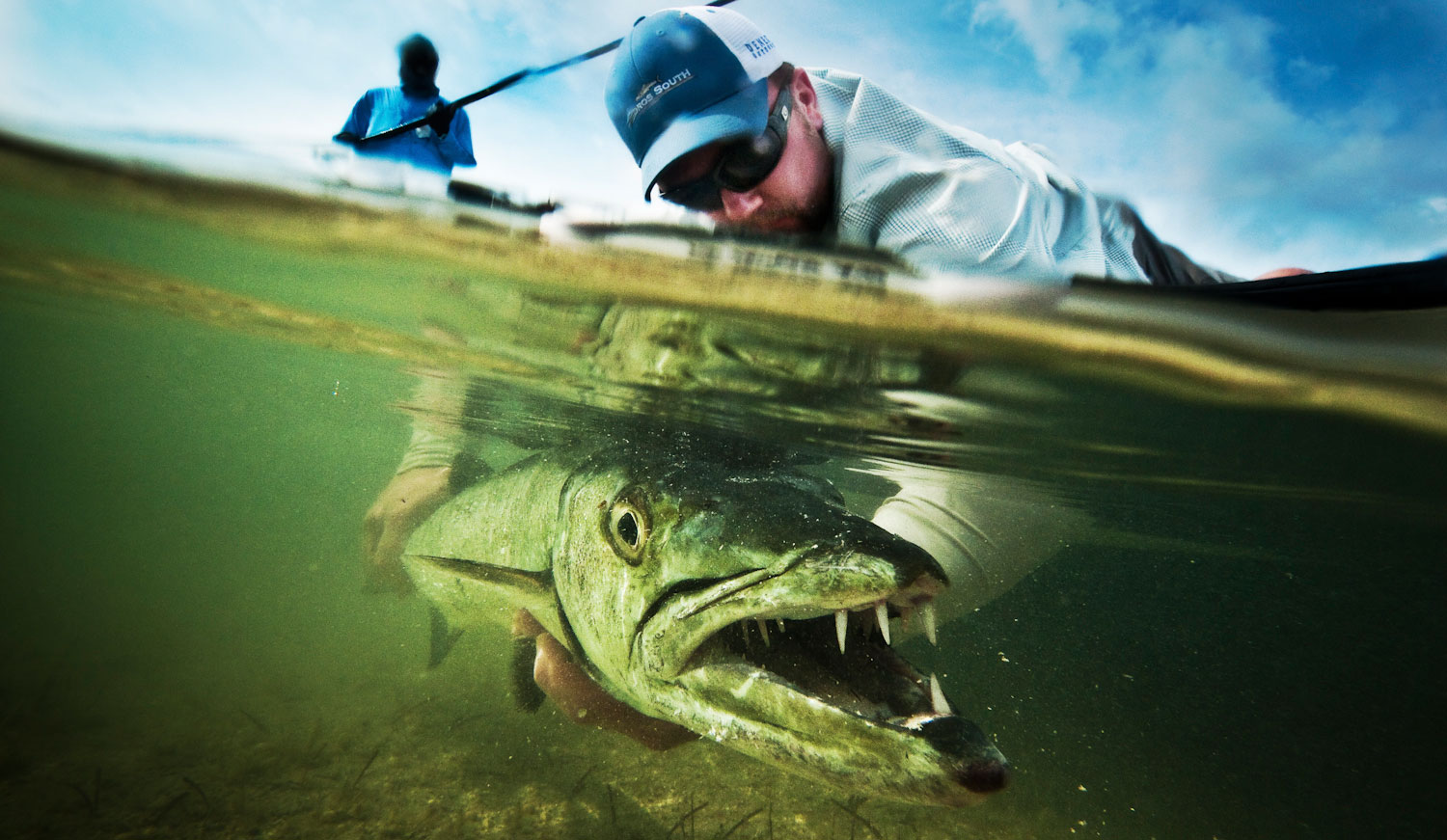
TOOTHY AND GENERALLY ILL TEMPERED, BARRACUDA ARE A BLAST TO CATCH ON THE FLY.
Their vicious attack is almost unbelievable to watch. My buddy Andrew Bennett holds a nice one here for a sub-surface hero shot.
The Bahamians eat them. Barracuda are generally not edible because they eat poisonous reef fish and store the toxins. Eating one in the Florida Keys will kill you. The cuda that live on the flats can be safe, but it’s a risk. The Bahamians have a test.
Read More »Saturday Shoutout / America’s Most Un-Wanted
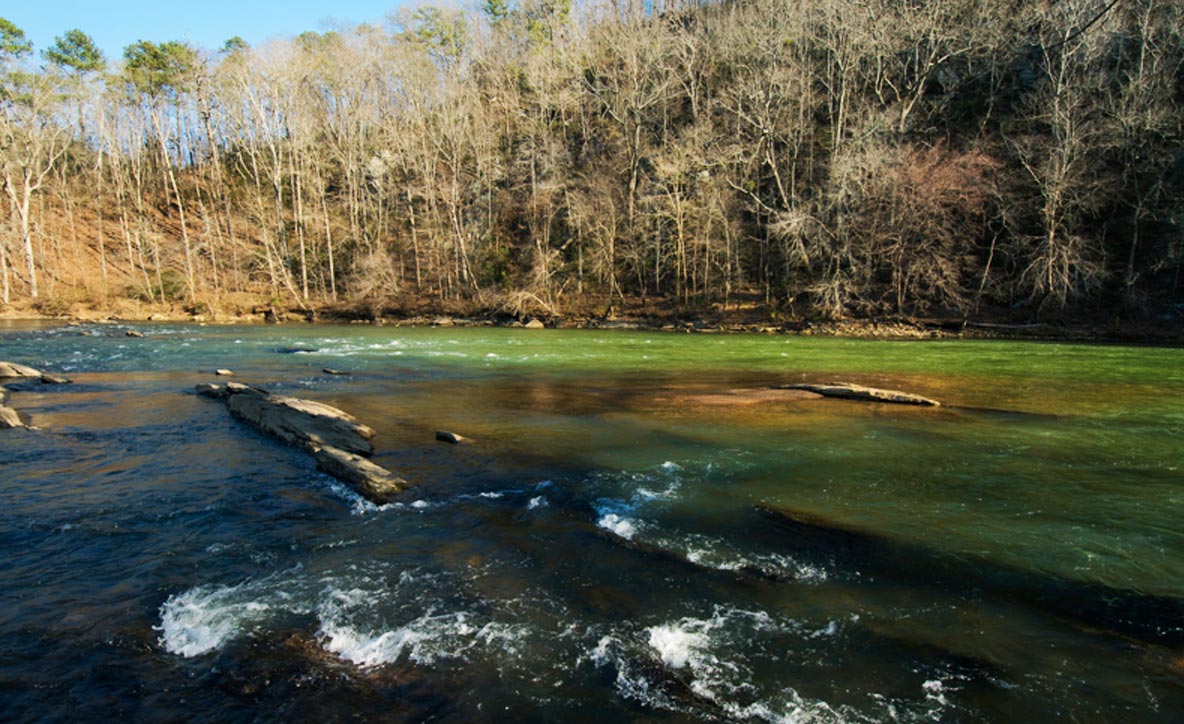
It’s official, the most endangered American river runs right by my house.
“The basin that includes the Chattahoochee, Apalachicola and Flint rivers is the country’s most endangered, according to a study released today by the conservation nonprofit American Rivers.
The annual America’s Most Endangered Rivers report says chronic mismanagement of the rivers, coupled with legal jockeying between Florida, Alabama and Georgia over water control has “put the basin at a breaking point.”
Excessive water use, mishandling by the U.S. Army Corps of Engineers and political gridlock have caused disastrous consequences for Florida’s Apalachicola Bay, the report says. Oyster, crab, shrimp and other species in the bay — where the rivers deposit into the Gulf of Mexico — were “decimated in 2012 and have scarcely recovered since,” the report states.” – Lagrange Daily News
Most of our readers will not even recognize the name Chattahoochee River. It has never and will never be known as one of America’s great rivers but it has been a very special place to me. This beautiful river was the first place I ever had a 100 fish day or saw a blizzard hatch. Unfortunately, those are but distant memories. I have watched this river die right before my eyes.
Yes, there are still trout in the Chattahoochee and
Read More »Umpqua’s Bandolier, Just What You Need
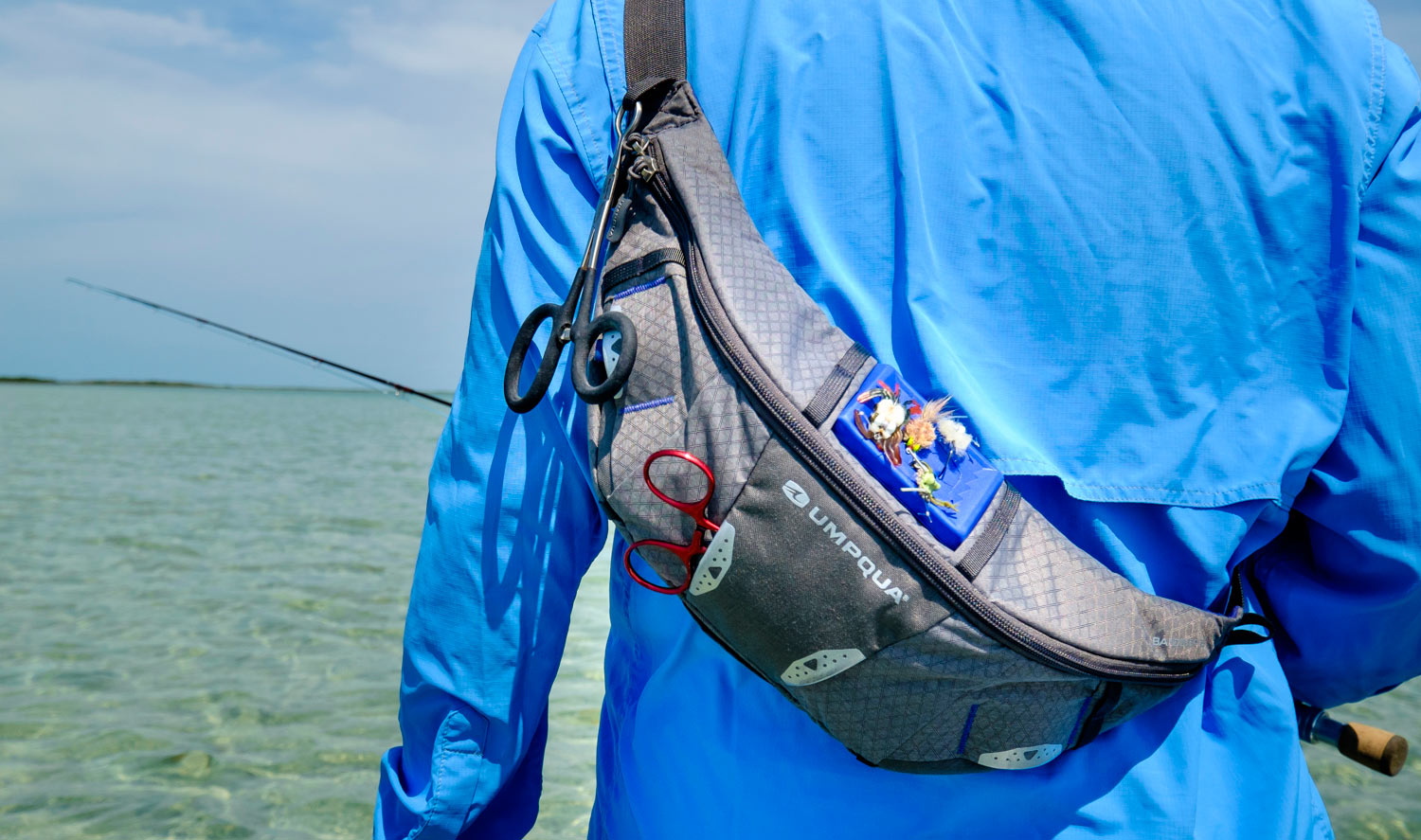
By Louis Cahill
The more I fish, the less I want to carry, and the Bandolier fishing pack from Umpqua makes it easy to carry just what you need and nothing else.
The bandolier is one of Umpqua’s new Zero Sweep packs, which feature slick, anti-snag design. These durable fishing packs are beautifully designed and keenly functional. They have the features you need and nothing you don’t to get in the way. The Bandolier is the smallest pack in the line and my personal favorite.
It’s designed to work as either a sling pack or wist pack and does both well. It’s made for the angler who knows what they need and keeps things simple. It’s light weight and stays out of the way. The materials and construction and very good and it dries quickly. Best of all, you can wear it all day without knowing it’s there.
The main compartment easily holds 2 large fly boxes. There are 2 side compartments for accessories, which are large enough to hold a trout reel. There are 6 internal pockets, one zippered, for organization and a lanyard for keys or whatever you like. The space is well organized and everything is in sight when you open the pack. No digging for lost tackle.
There are 4 Zero Sweep tool docks on the front of the pack.
The 2 on the outsides accommodate zingers. You can also use elastic cords or rubber bands to keep nippers and other tools in their pockets. The 2 center docks hold hemostats or similar tools. These docking stations perform as advertised. They keep tools at hand, while keeping them from grabbing your line or catching on brush. A cord hidden in a velcro pocket up front holds tippet spools for easy access.
The drying patch on this and other new Umpqua packs is a huge upgrade. The foam patches are now
Read More »“What’s In Your Sightline?” Giveaway
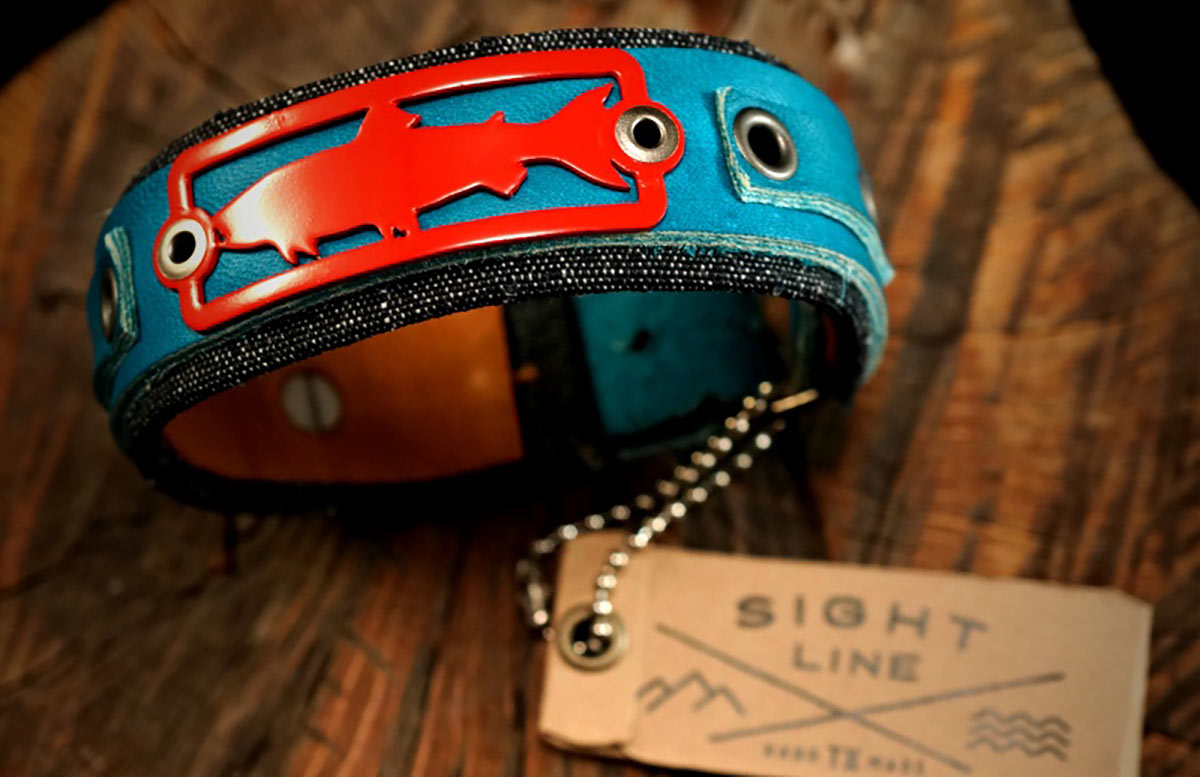
By Justin Pickett
It’s giveaway time here at Gink and Gasoline!!!
Are you enjoying reading our blog? A lot of thought and effort goes into bringing you fresh content daily, and we want to see how and where our readers enjoy reading Gink and Gasoline. Post a photo on Instagram of yourself reading G&G in your favorite spot. We want to see what’s in your sightline while you read up on our latest content. It might be the subway, your home office, or the middle of nowhere. Make it fun, unique, or crazy! The most creative reader to submit a photo will receive a one of a kind Artist Series Trout 2.0 leather bracelet from Sightline Provisions. Even better… We’ve chosen a Gink and Gasoline inspired color scheme just for this giveaway!
Sightlines Provisions is a Texas-based outfit that’s delivering handmade leather goods with a flair for the outdoor activities that we love to enjoy. The owner, Edgar Diaz, takes a lot of pride in his handcrafted leather goods. Each piece is of the highest quality leather and utilizes only the finest quality components. I own a few pieces of Edgar’s work, specifically bracelets, and I always get compliments on them. They are unique and have held up against the elements, only getting better with age. Whether it’s hunting, fishing, or hiking, Sightline Provisions is a great way to show off your love for the outdoors.
NOW GET OUT THERE! SHOW US WHAT’S IN YOUR SIGHTLINE?
Post photos on Instagram with the
Read More »Sunday Classic / NZ Guide, Chris Dore Talks Kiwi Nymphing
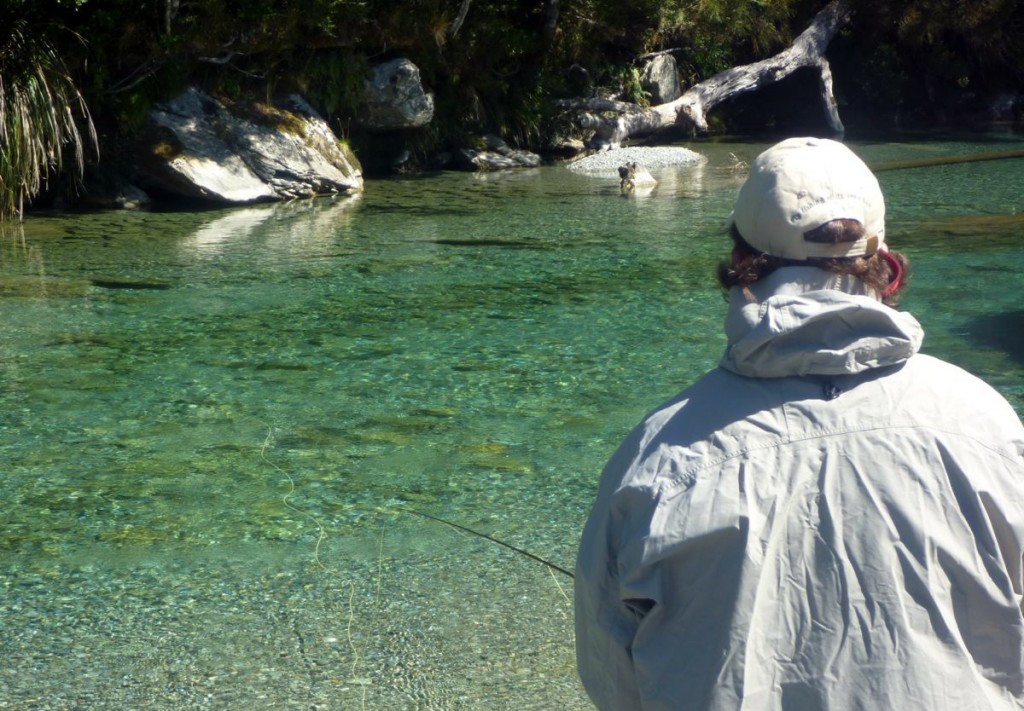
So the other day, I noticed I received an intriguing email from one of our Gink & Gasoline followers, commenting on my Angler Positioning post.
It just so happened to be Chris Dore who sent the email, a very popular fly fishing guide from New Zealand. We hit it off pretty quick, he said he loved the blog and we immediately began replying back and forth to each other about trout fishing techniques and tactics. I’d ask him a question on how he would handle a specific scenario and he did the same. I soon realized the knowledge he was providing me was invaluable, and I requested that he write a guest post on the blog so all the G&G followers could get in on the action. I asked Chris to talk about a handful of nymph patterns that he always carries with him on the water. Specifically the ones that always seem to get the job done for him. With no hesitation, Chris replied with this great article for nymphing New Zealand trout water, showcasing some of his favorite nymph patterns.
KIWI NYMPHING – BY CHRIS DORE
New Zealand trout streams do not possess the sheer numbers of aquatic invertebrates found in most North American waters. With the exception of the famous Mataura River in Southland, trout do not have much opportunity to lock onto just one food source–they must take what comes by or they simply may not eat. This opportunistic feeding behavior forces the Kiwi Angler to think more along the lines of presentation over imitation when nymph fishing for trout, and if a trout does not eat your size 16 pheasant-tail or hares-ear nymph, you’d better check your presentation mate.
Follow me…
The three things I consider when confronted by a nymphing fish or an orgasmic piece of trout water here in New Zealand, are size, color and weight.
Size isn’t too important but is still a factor to consider. Again, this comes down to the lack of numbers thing: mayflies, caddisflies and stoneflies are present in most streams across the size range, and so trout won’t often discern between a size 16 and 18, or a size 14 or 16, etc. Basically, turn over a rock in your river or stream of the day, and choose a fly pattern that’s amongst the size range you see scurrying about.
Now as a total simplification, most of the crawlies found in our trout streams can be classified as small and dark or big and green. Mayflies, caddisflies, snails, chironomids, stoneflies and dobsonflies all fall into this, and so my fly box represents this. We don’t require all the different color variations I see discussed in American magazines. Our fish pretty much have to eat whatever comes past them in the drift. makes things easy for us tiers here in NZ.
Weight is the major factor I pay close attention to in my nymph fishing. If you aren’t getting down in the trout’s face, then you simply won’t catch fish. Often, I see people covering fish with no results, switching patterns every second, “because he must have seen that”! Well buddy, I don’t think he did.
It’s amazing just how much weight you actually need to get your flies down in fast water, or even through the pools when the fish are feeding deep. It’s always eye opening when you see a fish lift, lift and lift through the water column, and then eat your double tungsten, wired abdomen nymph. Carry flies in a wide range of weights, from the aforementioned double tungsten slim profile depth chargers, to fluffy unweighted nymph patterns, when fish are feeding just below the surface or in the slacker edgewaters. A double tungsten size 16 pheasant-tail or copper john can be just as deadly on my of our headwater streams.
So to the fly Box!
Read More »Saturday Shoutout / The Wader Makers
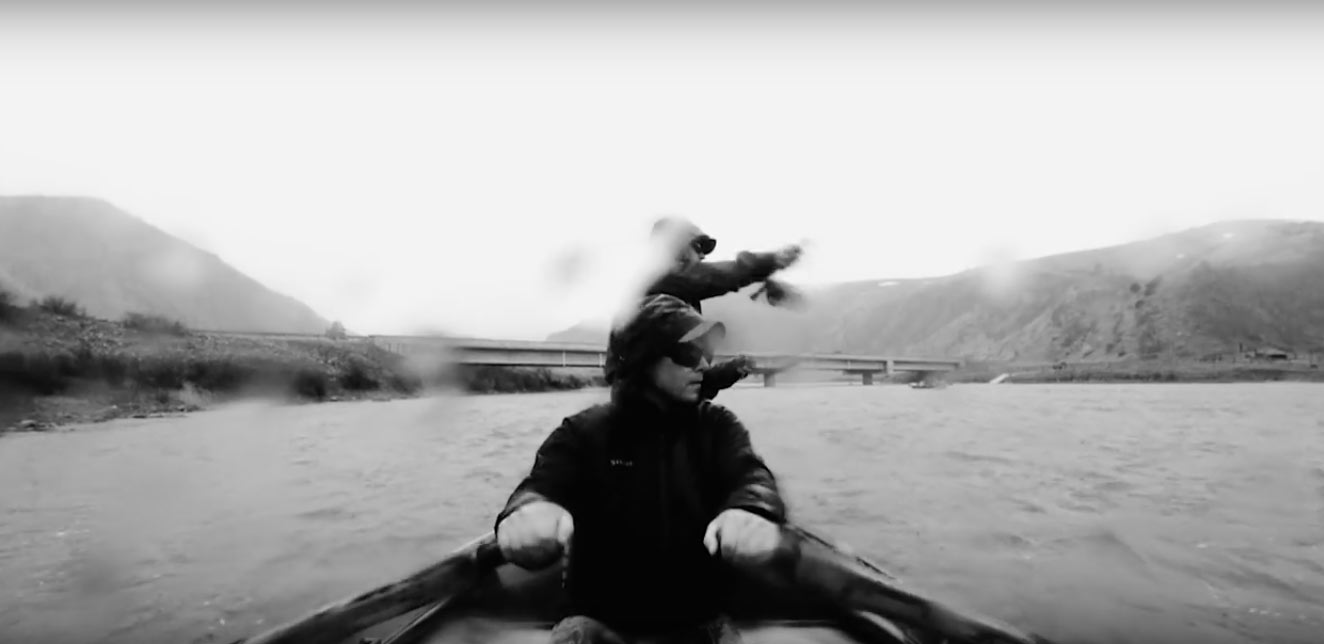
Ever wonder about the folks who make your waders?
Warning: This video from Simms shows graphic scenes of real anglers dodging work.
I might have been tempted to pass this off as corporate propaganda if I didn’t know so many good people at Simms. In my experience, they have a real passion for what they do and that seems to be especially true of the folks who make Simms waders there in Bozeman MT. It’s an interesting look at the personalities behind the products.
Check out, “The Wader Makers”
Read More »Learn To Tie Flies Like Pat Cohen
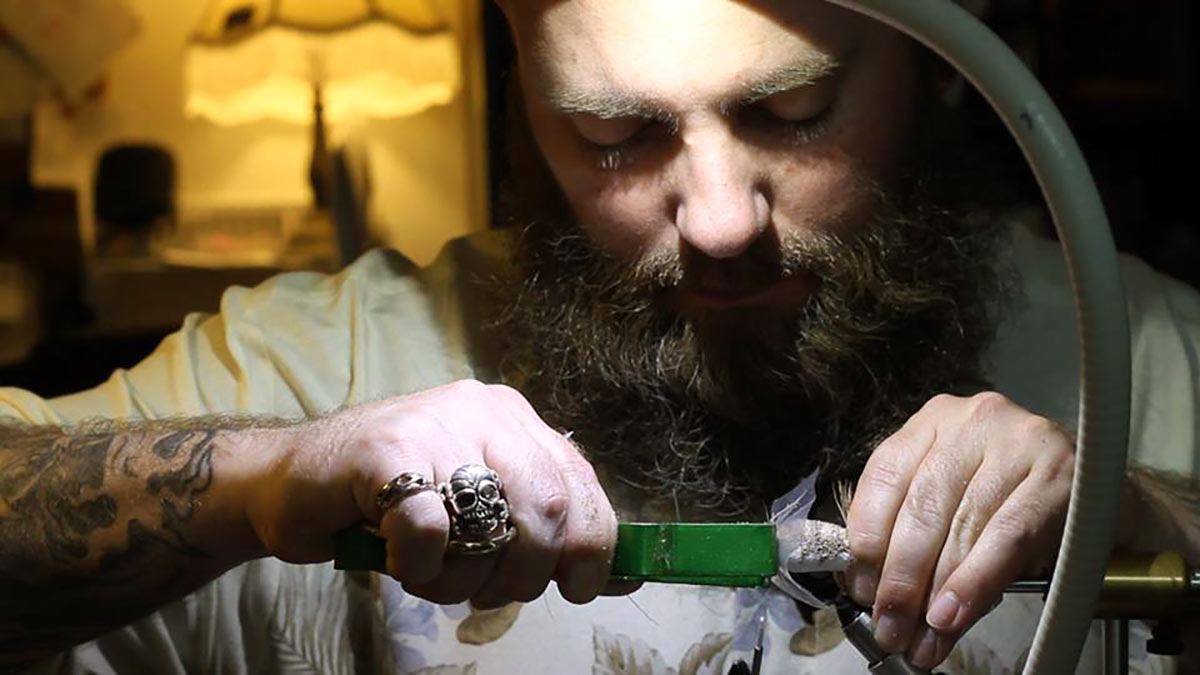
Gink and Gasoline is proud to be co-sponsoring a fly tying class with Pat Cohen to benefit our beloved Chattahoochee River.
If you are a fly tyer, I’m sure you know the name Pat Cohen. Pat’s fly patterns are as much art as fly and are as deadly as they are creative. If you have ever thought, “I wish I could tie like that,” here’s your chance.
Pat Cohen will be leading a class at Atlanta Fly Tying 7/20/16 from 6:00 until 8:30 July 20th. Pat Cohen, a very gifted artist, will be coming to Atlanta from New York. His specialty is stacked deer hair flies. He creates birds, fish, frogs and other animals. Visit his website to see some of his work.http://rusuperfly.com/ His work is truly amazing and it will be a treat to see him create one in person.
The event will be held at Orvis Atlanta.
We will require a $25 donation. This will cover the demonstration from Pat, food drinks and a raffle ticket. The entire $25 will go to “Quality Hooch.” An effort to fund water quality monitoring in the Chattahoochee River. Raffle items will include a half day guided trip from River Through Atlanta on the Chattahoochee, a half day unguided trip on the Nachoochee Bend from Unicoi Outfitters and hopefully a framed presentation fly from Pat.
Thanks to Orvis, Gink and Gasoline, Unicoi Outfitters and River Through Atlanta Guide Service and Sweetwater Brewing Company for helping to support us.
To reserve a spot or to be added to future invitations send an email to
Read More »Angler Seeks Eunuch For Lasting Relationship

By Louis Cahill
Personal Ad:
Angler seeks eunuch for long-term fishing partner. Applicants should have absolutely no political opinions, be financially self-sufficient and possess adequate rowing skills. Physical appearance unimportant. Alcoholics welcome.
At the take-out, Jason and I are cleaning out the boat and stowing gear. We pause from filling a plastic bag with beer cans and turn our attention to our buddy who is pacing the parking lot, head down, cell phone tight to his ear. He turns circles and kicks rocks off into the brush. It’s a dance I’ve seen many times before.
We are a couple hours late getting off the river. Not without good cause. It might be an overstatement to say we had saved a guy’s life but he would have been in bad shape if we hadn’t showed up. He’d taken his kayak under a sweeper in heavy water. He was out of the boat and perched on the trunk of the big tree, bloody and in shock. His boat was tangled in the branches under the raging water.
We managed to get the fellow to safety and retrieve his boat. I insisted he ride out with us but he wouldn’t. We stayed with him until he recovered and had his wits about him. Once it seemed safe for him to boat again we all headed down river well behind schedule. You can’t turn your back on a boater in trouble. If it isn’t a law, it damned well should be.
The gravity of this situation didn’t mean jack to my buddy’s wife, who was presently chewing his ear off through his cell phone. All she heard was, “I’m going to be late.” I’ll never understand some people. I’ve told fishing buddies, “Don’t promise her anything past coming home alive…at some point.” It still seems there is always an expectation and it’s frequently not met.
Our buddy continues to pace, gesturing and pinching the bridge of his nose with his free hand. Jason turns to me and shakes his head.
“Women are the hardest part of fly fishing,” he says to me in a weary tone.
I have burned through more than my share of fishing partners. Even the ones who have dedicated their lives to fly fishing eventually peel away like heat shields from a space shuttle. Often just as spectacularly. Almost every time there is a spouse involved. Why is it so hard to fly fish and stay married?
Read More »Sunday Classic / Ronnie Hall’s Floating Baetis Nymph
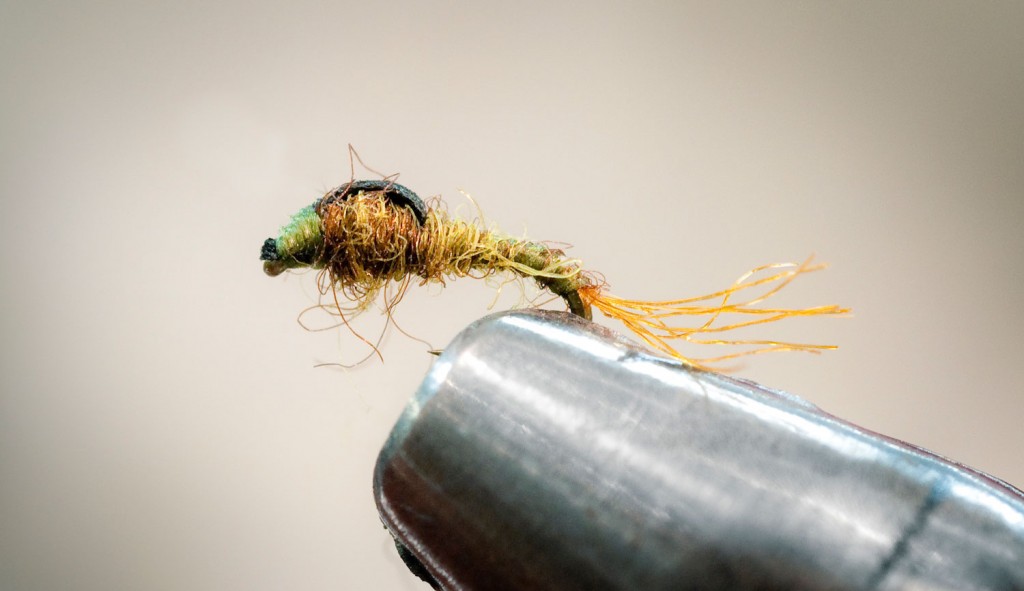
When it’s time to get technical, he’s your man. Ronnie’s flies have been honed from decades of guiding. They are as elegant as they are effective. Beautifully proportioned and deadly simple, with carefully chosen materials.
Watch the video to see Ronnie tie the Floating Baetis Nymph
Read More »Saturday Shoutout / Single Hand Skaters
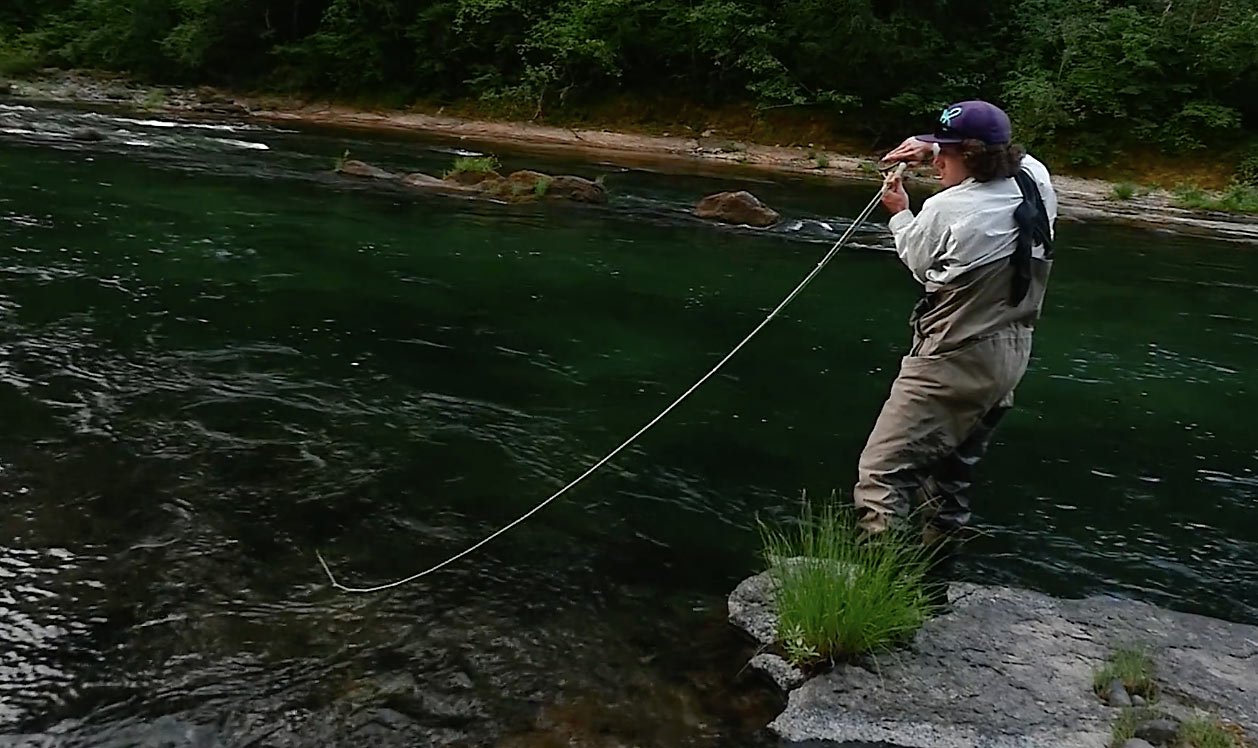
I don’t know of anything cooler than catching a steelhead on a swung dry fly.
Dillon Rento and Sterling Dillingha make it look pretty easy in this beautifully shot video by Tyler Orton and Curtis Ciszek, sourced from The Amberjack Journal. It’s pretty cool to watch some skilled dudes spey cast single-handers and put some nice fish in the air.
CHECK OUT SINGLE-HANDERS AND SKATERS.
Read More »